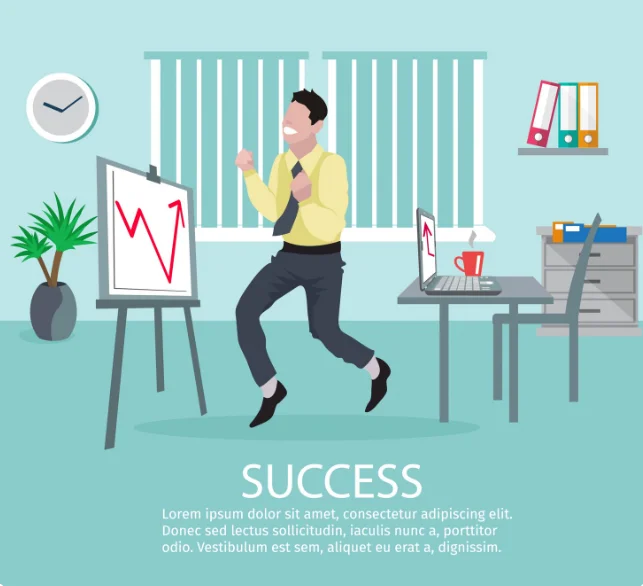Hockey players face a common frustration: limited ice time. Whether you’re a youth player with just two practices per week, an adult league player juggling work and family commitments, or a competitive athlete trying to gain an edge, the reality is that most players spend far less time on ice than they’d like. This limitation has led to the explosion of off-ice training tools and drills that promise to develop skills when you can’t access a rink. But here’s the question that matters: does practicing passing skills off the ice—in your garage, basement, or driveway—actually translate to improved performance when you step back onto real ice?
Understanding how off-ice training affects on-ice skill development is crucial, and tools like a hockey passer can be central to effective practice routines. But the relationship between off-ice practice and on-ice performance is more nuanced than many players realize, and knowing how to structure training makes the difference between productive practice and wasted time.
The Science Behind Skill Transfer
Motor Learning and Muscle Memory
The human brain develops motor skills through repetition that creates neural pathways connecting brain signals to muscle movements. Whether you’re practicing on ice or a synthetic surface, your brain is forming and strengthening these pathways. This is the fundamental principle behind all skill training—repeated movements create automatic, unconscious responses that don’t require conscious thought during gameplay.
Off-ice passing practice creates the same neural pathways as on-ice practice for many aspects of the skill. Your brain learns hand positioning, weight transfer, follow-through mechanics, and timing regardless of whether you’re standing on ice or concrete. These foundational movement patterns transfer directly to on-ice performance.
The Context Specificity Factor
However, motor learning research identifies a complicating factor called “context specificity.” Skills learned in one environment don’t always transfer perfectly to different environments. The feel of ice under your skates, the glide between passes, the balance adjustments required on a slippery surface—these contextual elements differ significantly between on-ice and off-ice environments.
This doesn’t mean off-ice training is ineffective—it means you must understand what transfers well and what requires on-ice reinforcement. Some aspects of passing translate perfectly; others need real ice to develop fully.
What Off-Ice Passing Practice Develops Effectively
Hand-Eye Coordination and Timing
The coordination required to receive a pass, control the puck, and deliver an accurate return pass is fundamentally the same whether you’re on ice or training off-ice. Your hands must track the incoming puck, adjust stick position, absorb energy, and redirect with proper timing. These skills develop effectively through off-ice repetition.
Players who dedicate focused time to off-ice passing drills consistently demonstrate improved hand-eye coordination when they return to ice. The thousands of repetitions possible in a 30-minute driveway session—far exceeding what’s realistic during team practice—accelerate the development of this crucial skill component.
Stick Handling During Pass Reception
Controlling the puck as it arrives—cushioning hard passes, redirecting bouncing pucks, or adjusting to passes slightly off-target—requires stick skills that transfer directly from off-ice to on-ice environments. The hand and wrist movements, the subtle stick angle adjustments, and the touch required to settle a puck are identical regardless of surface.
Off-ice practice actually provides advantages here because you can isolate this skill without worrying about skating, positioning, or other game elements. This focused repetition accelerates learning.
Shooting Accuracy and Power on the Pass
The mechanics of delivering an accurate pass—wrist position, weight transfer, follow-through direction, and power generation—are pure stick skills that translate exceptionally well from off-ice practice. Whether you’re passing on ice or synthetic surfaces, the fundamental biomechanics of propelling a puck accurately to a target remain constant.
Players who work on passing power and accuracy off-ice consistently show improvement on ice. The additional repetitions possible in off-ice training sessions strengthen the muscle groups and refine the motor patterns needed for powerful, accurate passes.
What Off-Ice Training Cannot Fully Replicate
Skating-Integrated Passing
The most significant limitation of off-ice passing practice is the absence of skating integration. In actual games, you rarely pass while standing still—you’re usually gliding, turning, stopping, or accelerating. The balance adjustments, weight distribution changes, and coordination required to pass accurately while in motion on ice cannot be fully replicated standing stationary on concrete or synthetic surfaces.
This doesn’t negate off-ice training’s value, but it means players must also dedicate ice time specifically to integrating their improved passing mechanics with skating movements. The off-ice work develops the foundational skill; on-ice practice integrates that skill into game-realistic contexts.
Reading Game Speed and Timing
Passes in actual games must account for teammates’ speed, opponents’ positioning, and the constant motion of bodies and pucks across ice. This dynamic decision-making and the split-second timing adjustments required develop primarily through on-ice practice and game experience.
Off-ice training can improve the mechanical execution of passes, but it cannot replace the cognitive and perceptual skills developed through actual gameplay and team practices.
Puck Feel on Ice
The way pucks behave on ice versus synthetic surfaces or concrete differs noticeably. Friction, bounce characteristics, and the sound and vibration feedback you receive through your stick all differ between surfaces. This tactile information helps players make subtle adjustments during gameplay—adjustments that require ice-specific experience to develop.
Structuring Effective Off-Ice Passing Practice
Focus on High-Repetition Fundamentals
Off-ice training excels at building fundamental skills through volume that’s impossible during limited ice time. Dedicate off-ice sessions to pure repetition: receiving and returning hundreds of passes, working on specific mechanical elements like wrist snap or follow-through, and building muscle memory through focused, deliberate practice.
Set specific goals for each session. Rather than casual “playing around,” structure practice with targets, time limits, or rep counts. This focused approach maximizes the training benefit.
Incorporate Progressive Difficulty
Start sessions with stationary, controlled passing to warm up and groove mechanics. Progress to more challenging variations: receiving passes from different angles, handling hard passes or unexpected bounces, and passing to specific targets under time pressure. This progression develops adaptable skills that transfer broadly to game situations.
Use Quality Training Equipment
Not all training tools provide equal benefit. Equipment that accurately replicates the weight, feel, and return characteristics of real passes maximizes skill transfer. Working with reputable suppliers like Give-N-Go Hockey ensures you’re practicing with equipment designed to develop skills effectively rather than building habits on tools that feel nothing like real game conditions.
Quality equipment also withstands thousands of repetitions without breaking down—important for training consistency and cost-effectiveness over time.
The Optimal Training Balance
Research and coaching experience suggest that off-ice passing practice provides maximum benefit when it complements rather than replaces on-ice training. The ideal approach combines regular off-ice skill work (3-5 sessions weekly) with consistent ice time (2+ sessions weekly) where you integrate skills into skating, game situations, and team systems.
Off-ice training multiplies the value of limited ice time by arriving at practice with better-developed foundational skills. Instead of spending precious ice time on basic passing mechanics, you can focus on advanced applications, game-speed execution, and tactical elements that require ice-specific practice.
The bottom line: off-ice passing practice absolutely improves on-ice performance when structured intelligently and combined with regular ice training. It’s not a replacement for ice time, but rather a force multiplier that accelerates skill development and maximizes the effectiveness of your limited ice sessions.


